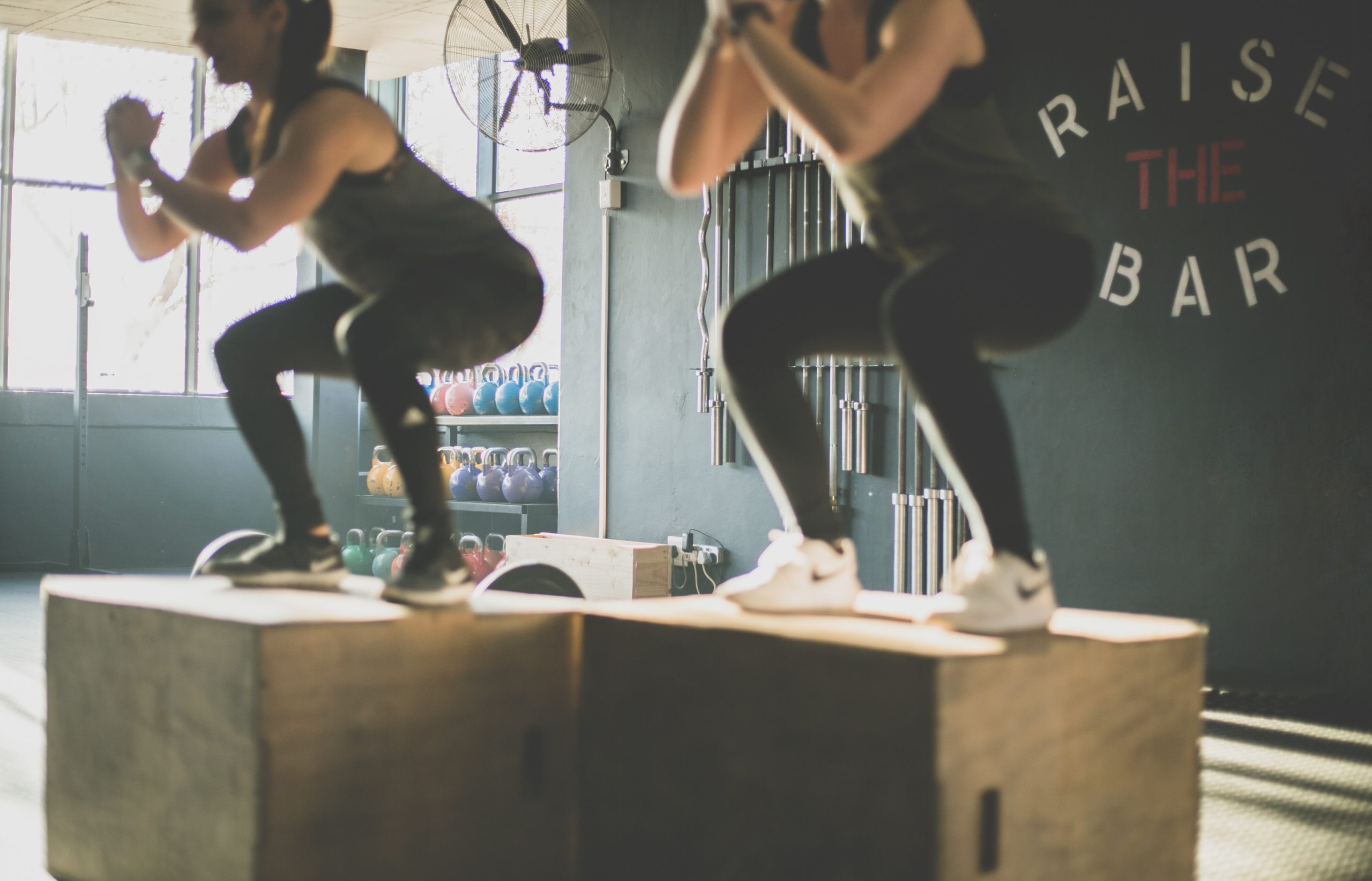Many people may think that body weight training is only useful for beginners, or that regular weight lifters do not do body weight training. However, body weight training can benefit weight lifters of all levels. From postural improvements to improved core stability, the benefits are countless.
What is body weight training?
The history of the word – calisthenics – referred to the improvement of the general fitness of young school aged women. It has also been used and associated with military boot camp training. These days, the word calisthenics is often a word used to describe body weight exercises.
It has since been simplified to mean body weight training that helps create better health and fitness. In some circles, it is often the term for gymnastic-type exercises that usually take place in parks using high bars and parallel bars.1
“Calisthenics is an effective physical activity for the improvement of postural sway, strength-endurance and has a positive effect on body composition, significantly reducing body fat mass” (Thomas et al., 2017).
Advantages
Functionality!
The benefits of body weight training are due to the movement of your body weight against the weight of the earth, through gravity and reaction forces. One of the known benefits that you get from body weight training is its functionality. Body weight type training helps people move through three dimensions and different planes to work against gravity.3
Contrary to machines that are difficult to adjust and that are created to suit everyone, training with one’s body weight is very specific to the individual. Machines and dumbbells can still help make someone stronger, but it is important to note that many people can still benefit from using only their body as their resistance. Body weight exercises often provide the ability to develop strength in multiple muscle groups at the same time. In terms of functional training, this is a significant benefit.3
People can develop good lifting technique and biomechanics without needing additional resistance by starting their strength training with only their body weight at a young age. The high quality technique that is developed through body weight training can then be transferred to more difficult and more demanding movements over time.4 This concept is important for young people to develop the capabilities to become stronger, and is applicable to people of any age striving to become stronger.
Disadvantages
One of the drawbacks of body weight training is that it will not help someone achieve their highest absolute strength potential. However, it can increase someone’s relative strength. Relative strength is the capacity of someone to move a load as a percentage of one’s own body weight.3
To keep developing strength through body weight training, one should keep increasing repetitions or create more difficult movement variations. Even so, with positive improvements over a certain period, it may be hard for someone to continue to progressively overload the muscles and get strength gains.4 Cases like these are often reserved for very strong athletes and do not usually apply to the general population. Most of us will keep getting positive strength adaptations even after a long time of progressive overloading.5
Body weight training is not something that will replace some of the traditional lifts that exist like the weighted squat or bench. However, it relies more on core stability and one’s stabilizers. For many people, improving core stability and stabilizers can be more beneficial than traditional weight-lifting movements! These are the tools that most people need to become better-rounded athletes and less injury prone.3
Another drawback is that it may be too difficult to do some body weight movements for beginners, and too easy for those who are experienced. As such, you may want to supplement your body weight training with different forms of resistance training such as the use of machines or dumbbells.3
Everyone Should Do It!
As explained above, everyone can benefit from body weight training, no matter the level of fitness. It can create important improvements to one’s physiology and general health. Here is what you should consider moving forward:
To make a training session as functional as possible it is best to try to do pushing and pulling movements. Body weight training creates the tendency to focus on pushing type movements, such as push-ups or tricep dips. Pulling type movements, such as pull ups, are not as easily achieved, or as easily found. It is easy to imagine how push-ups, lunges, and squats are exercises that use the bodyweight as resistance against gravity. This can make it difficult to create a balance with pulling movements. It is not so simple to grip the floor and pull on it! So, to incorporate pulling movements, it is necessary to include movements that would use a suspension system like a pull up bar. The importance of having pulling movements as well as pushing movements is to avoid structural imbalances that may lead to injuries.
For those who do not have access to a suspension system at home, you should strongly consider making the purchase of one. Nowadays, it is easy to get a chin-up bar or something similar online for an affordable price. It will take your home training to new heights!
“if you learn to use your body as a barbell then you’ll always have the ability to obtain a great workout.”
Contreras, 2014, pp.2






This Post Has 2 Comments
Loved this article. Provided a lot of insight.
Thank you!
Comments are closed.